Eucharist
NLC ARTICLES
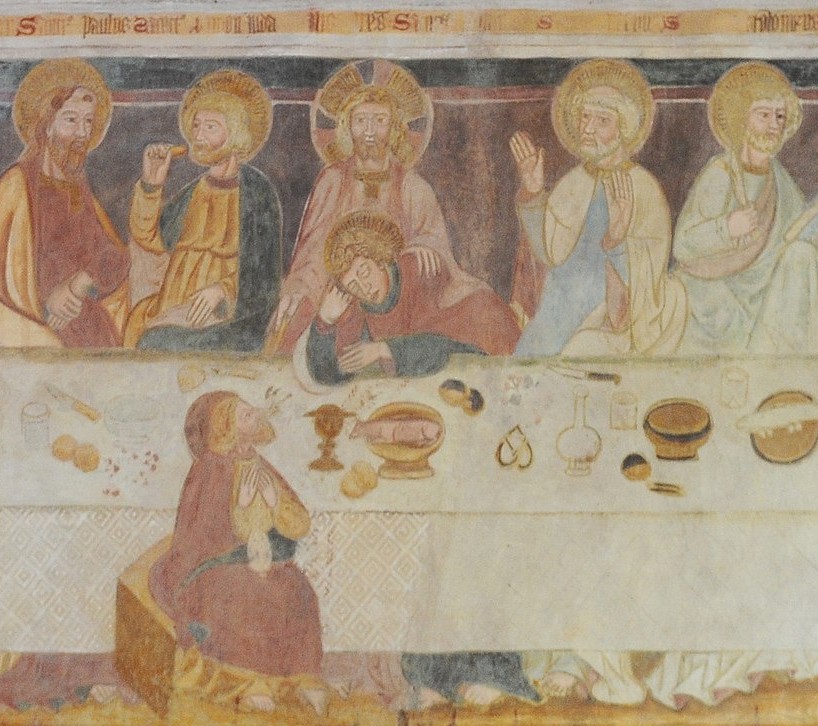
This article presents a theological and pastoral overview of the Eucharist as the source and summit of Christian life.
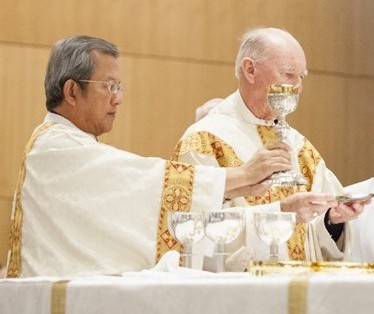
This reflection unpacks the structure and meaning of the Eucharistic Prayer, highlighting its role at the heart of the Mass.
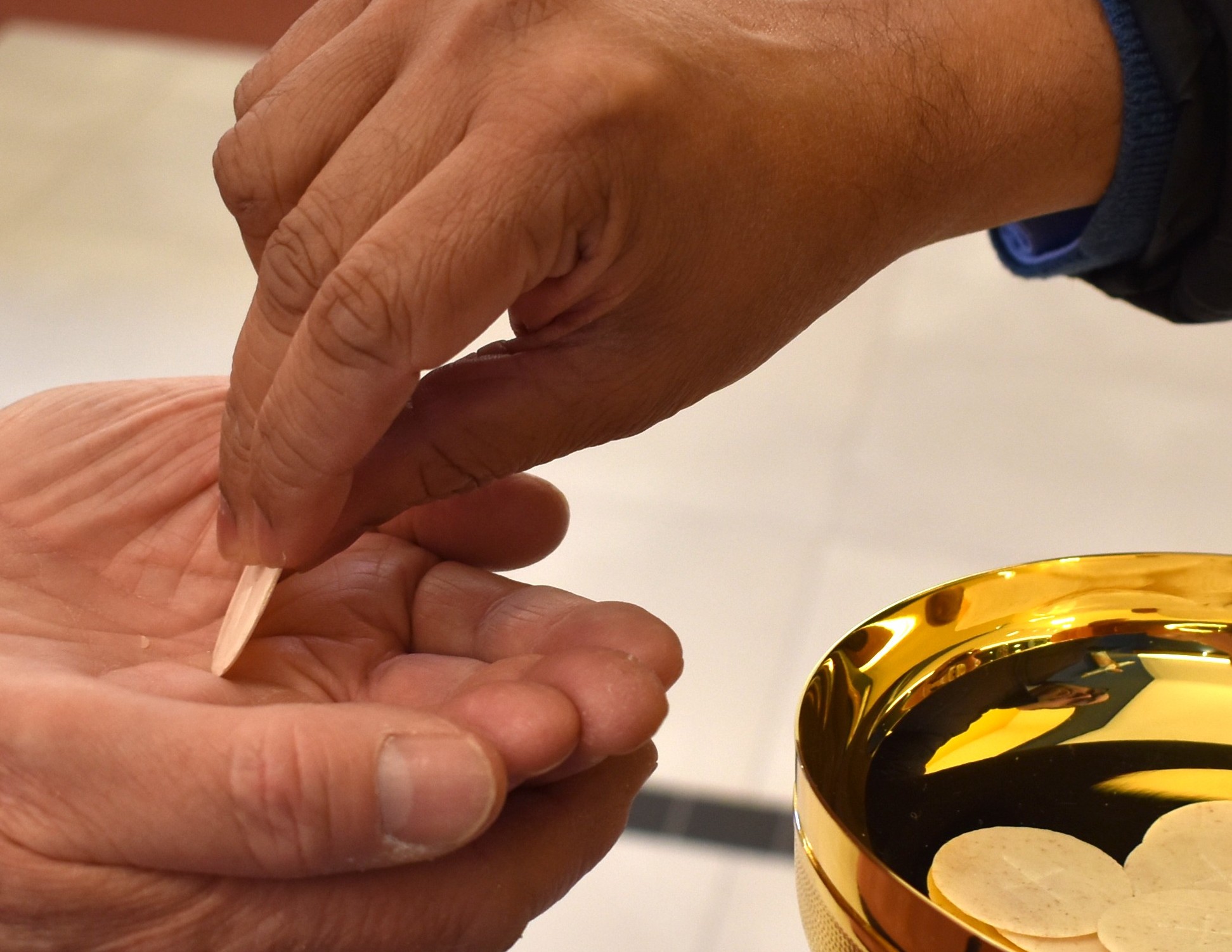
The privilege of being integrated into Christ’s priestly ministry is common to the ordained and to the faithful. In the Eucharistic celebration the faithful exercise their priesthood by placing their spiritual sacrifices, along with that of the presider, on the altar. It is desirable that the faithful share communion from the altar and not from the tabernacle, just as the priest does.
official documents
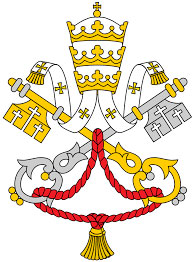
Holy See
This Introduction to the Roman Missal lays out the liturgical and theological principles for celebrating the Eucharist according to the post-Conciliar rite. It speaks of the importance of the liturgy, ritual structure, ministries, forms of celebration, arrangements and furnishings, requisites for celebration, and a guide for instances in which more than one option is permitted.
Here the Council of Trent defends the theology and ritual of the Roman Catholic celebration of the Eucharist in reaction to the challenges of the Protestant Reformation.
In this Encyclical, Pope Leo XIII explores several dimensions of eucharistic theology, calling for a social renewal grounded in the celebration of the Mass and emphasising that participation in the Mass and reception of communion is for everyone and should not be thought of as being reserved to those in religious life or that we might consider especially ‘holy.’
In this Encyclical issued during the Second Vatican Council, Pope Paul VI in reaction his ‘pastoral anxiety’ around certain perceived threats to eucharistic doctrine, including transubstantiation and eucharistic devotion.
Here John Paul II discussed the central place of the Eucharist in the life and mission of the Church, seeking to counter certain unacceptable doctrines and practices. A particular emphasis was the connection of Eucharist and priesthood.
Here the Congregation is concerned with the proper celebration of the Mass in reaction to many perceived abuses and irregularities. It reiterates the importance of following the rite and that altering it according to whim or agenda is prohibited because doing so violates the substantial unity of the Roman Rite. Among other things, it explicitly permits women and girls serving at the altar.
In this Exhortation following the 2005 Synod, Pope Benedict XVI considers the connections between the Eucharist and the other sacraments as well as the social demands flowing from sacramental participation. It emphasises the celebration of the Eucharist as a mystery to be believed, celebrated, and lived.
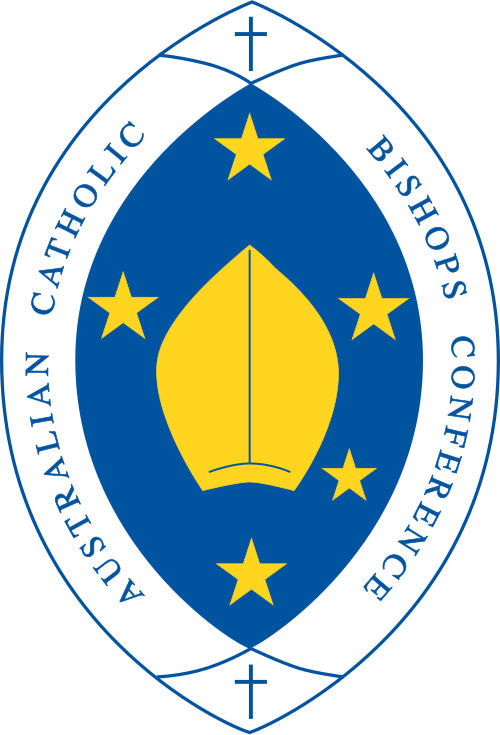
Australian Catholic Bishops Conference
This document strongly encourages communion under both kinds, noting ancient tradition and the power of the two signs of bread and wine. Circumstances when communion under both kinds is permitted and not permitted are listed. Practical guidance is provided for preparation and distribution.
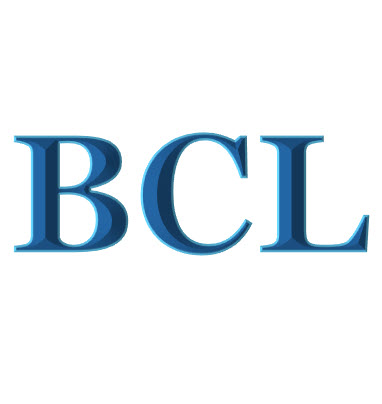
Bishops Commission for Liturgy
Based on the Church’s liturgical norms, these guidelines encourage reverent reception of Communion, providing guidance for both ministers of communion and communicants.
These guidelines provide practical advice for liturgical ministers in circumstances where (a) member(s) of the community cannot tolerate the usual high-gluten hosts or bread used at Mass.

National Liturgical Council
This guidance, citing the Constitution on the Liturgy and the General Instruction of the Roman Missal, strongly encourages communion from the Eucharistic elements consecrated at the same Mass at which one is participating, rather than being provided/consuming those reserved in the tabernacle.
DIOCESAN RESOURCES
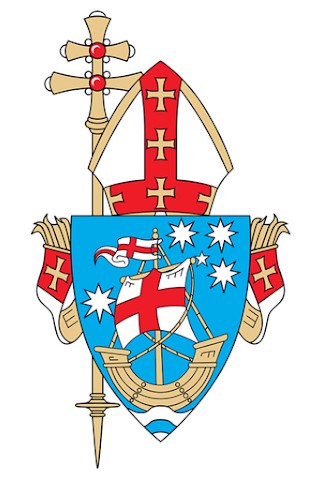
Adelaide
This page offers a brief explanation of the Eucharist in the life of the Church and guidance for receiving Holy Communion in the Archdiocese of Adelaide.
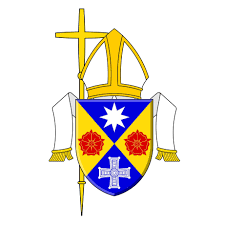
Sandhurst
The article provides a theological and liturgical insight into the Eucharist, drawing on local diocesan practice and broader Church teaching.

Wollongong
This downloadable document outlines diocesan guidelines for the reverent reception of Holy Communion, including practical and spiritual considerations.
OTHER RESOURCES
Bulletin Articles

This short article offers a pastoral reflection on the meaning and significance of the Eucharist in daily Christian living.
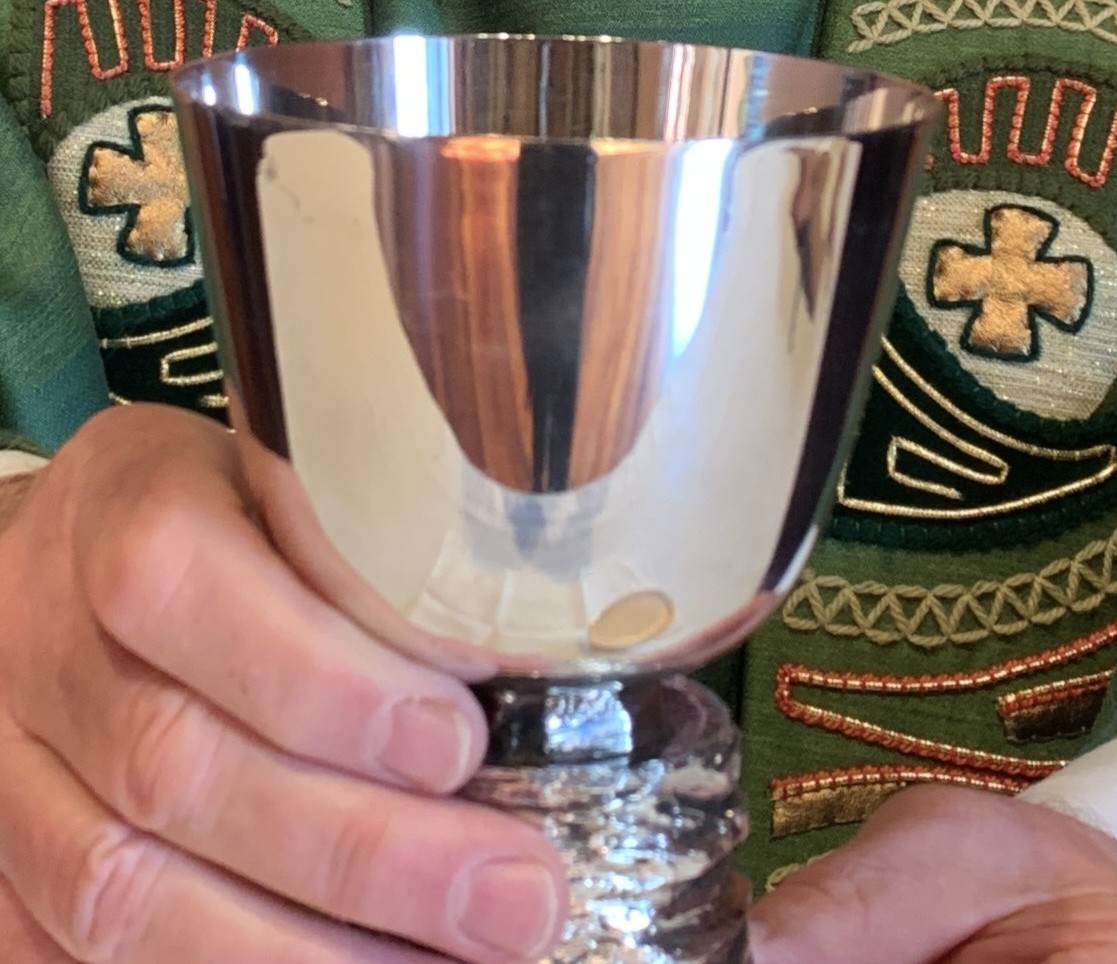
Bishop Paul Bird reflects on the significance of sharing Communion from the chalice and its implications for liturgical practice and community participation.

